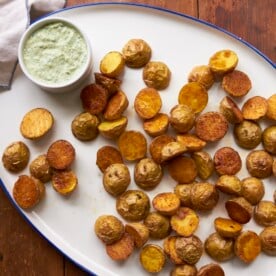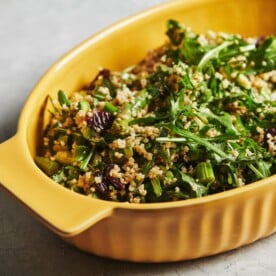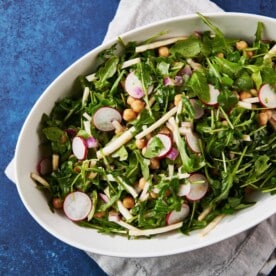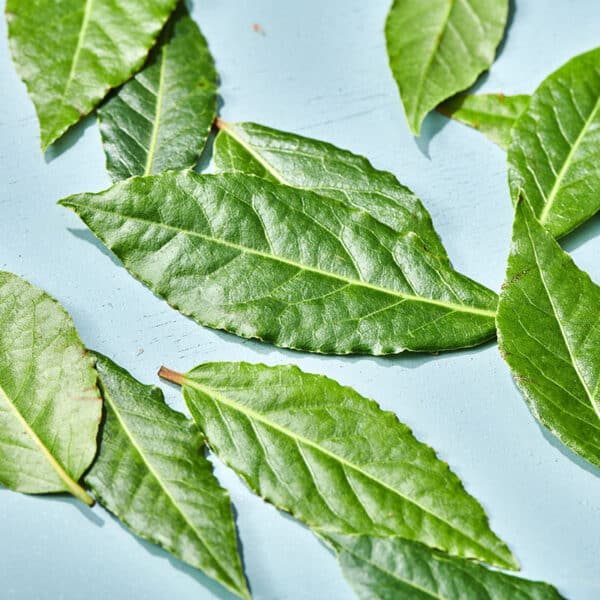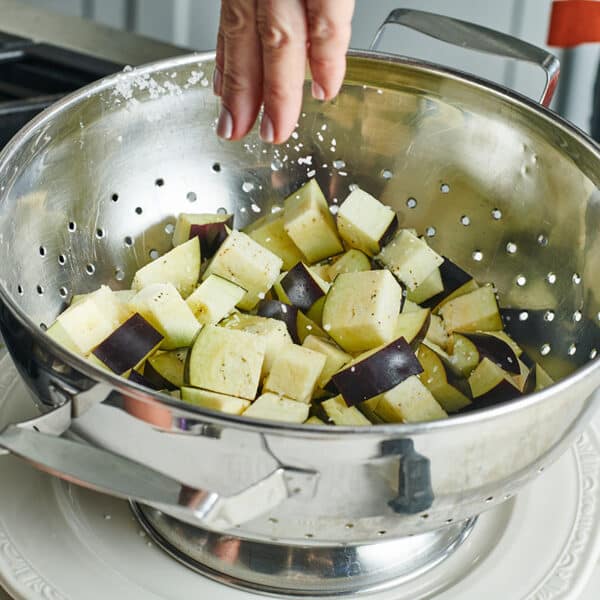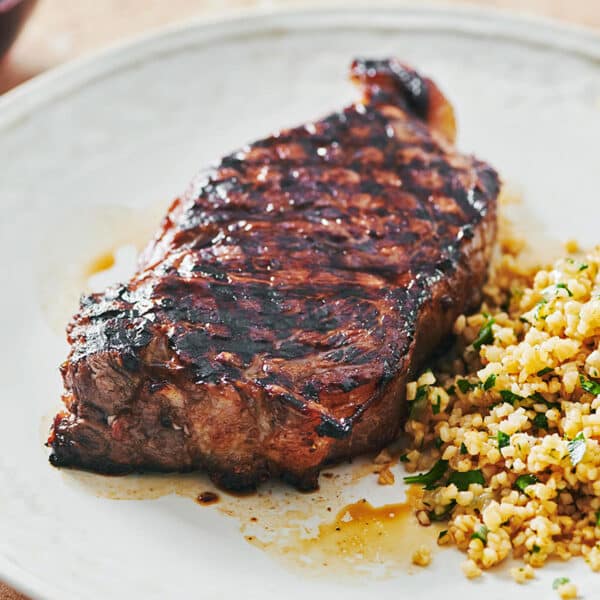How to Cook With Arugula
Updated Aug 19, 2025
This post may contain affiliate links. Please read our disclosure policy.
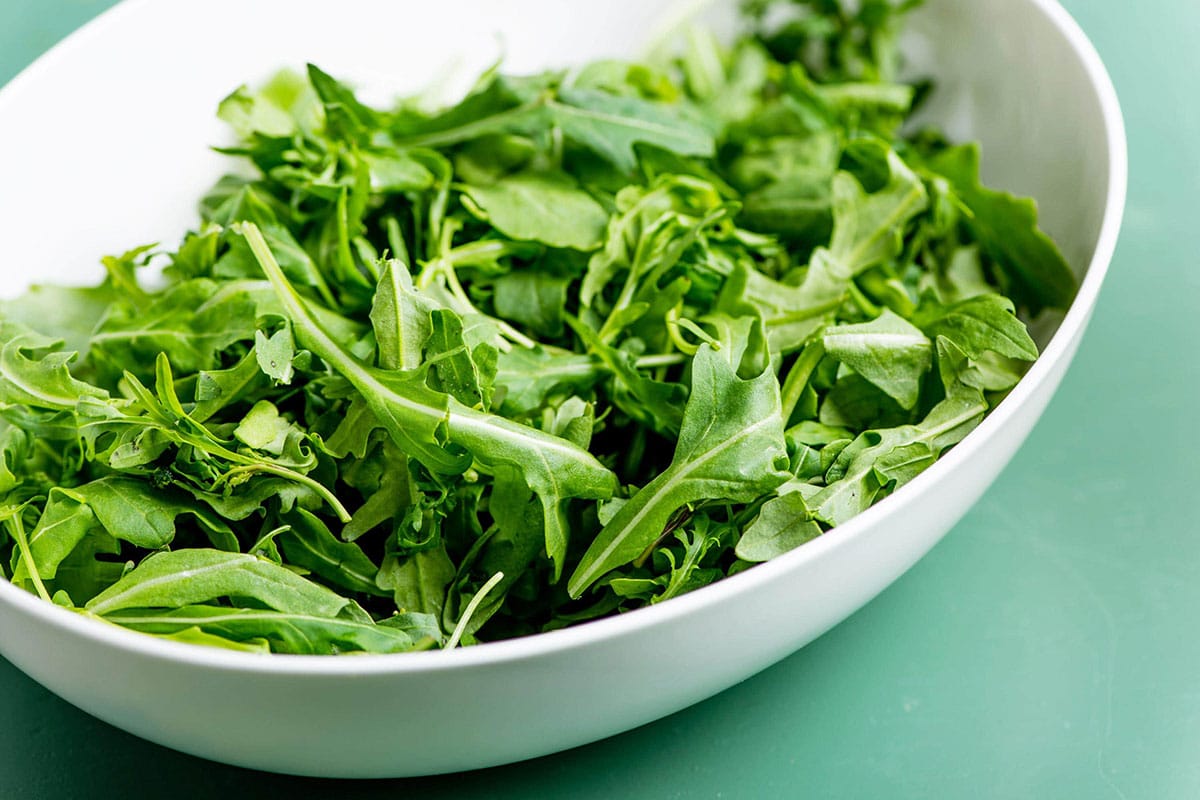
I am a huge arugula fan. Luckily (though somewhat surprisingly), my family is too — even my kids, ever since a pretty young age. The peppery lettuce is so fantastic in salads and also layered into sandwiches or even chopped and used as a garnish. Arugula can be eaten uncooked or cooked — it’s a nice addition to stir-fries and can be wilted into a pan sauce.
Because arugula is quite peppery, it is often part of a lettuce blend, especially if the arugula is more mature and stronger in taste. Try it in the endive and orange salad below, or make Chicken with Arugula and Mustard Pan Sauce and Roasted Potatoes with Arugula-Basil Dipping Sauce.
What's In This Post?
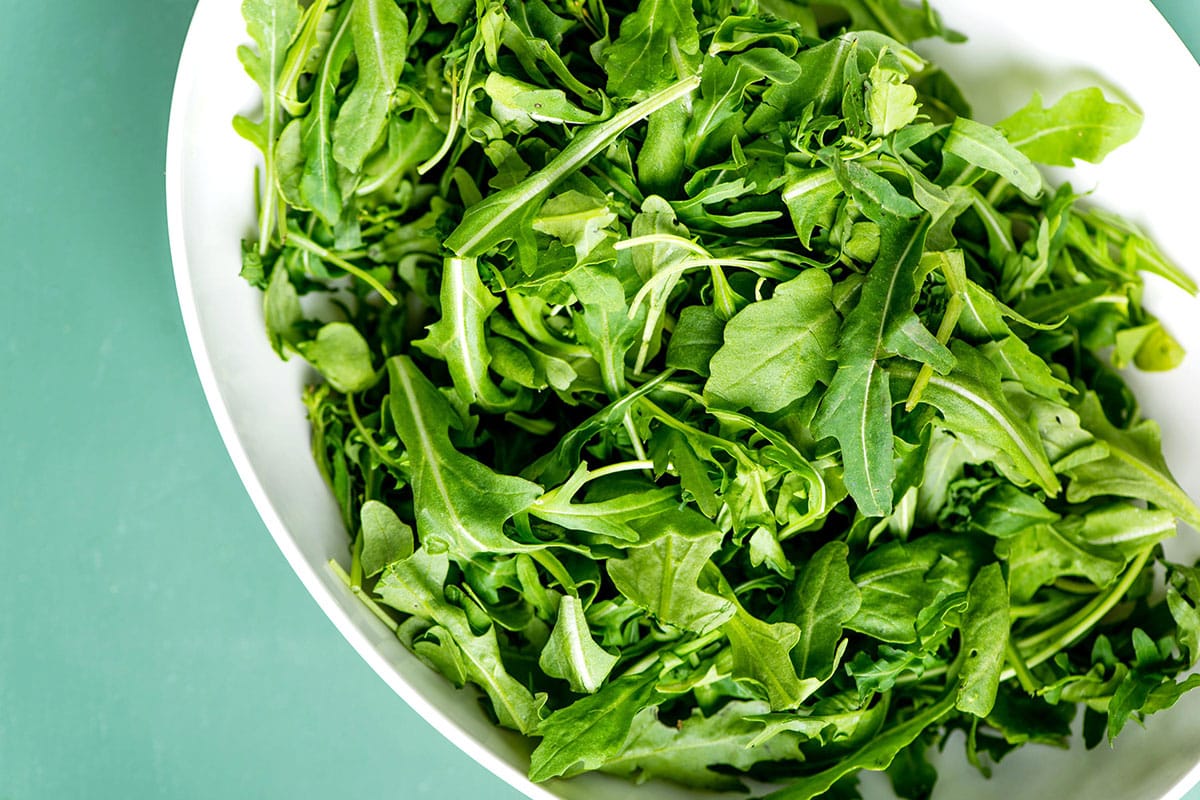
How to Use Arugula: plus how to cook, chose, store, and make the best use of this versatile spicy green. Plus many arugula recipes to choose from!
By signing up, you agree to our Privacy Policy.
What Is Arugula?
This might come as a shock to some, but arugula is actually a type of lettuce. It is also known as rocket, especially in Europe, or rucola, rucoli, rocket salad, roquette, Italian cress, and salad rocket. It can be harvested as baby arugula. That’s smaller, more tender, and more delicate than mature arugula, which is a bit rougher in texture and stronger in taste.
Arugula looks like long, slightly spiky leaves. The leaves are tiny and soft in shape. They’re about one or two inches long or much larger with a dramatically defined outline, depending on how mature the plant was when the leaves were harvested.
Peppery. The larger the leaves, the more peppery it is usually, and sometimes overblown arugula leaves can taste a bit bitter.
Arugula is in season from the spring through the fall. During the hotter months of the summer, it may be stronger in flavor.
Interestingly, the fiber contained in arugula and other leafy greens is great for helping to regulate your bowel movements (via Health Digest). It can also prevent constipation and clean out your system!
Substitutes
If a recipe calls for arugula and you’re fresh out, or if perhaps this peppery green isn’t your first choice, opt for another leafy green instead. Baby spinach works really well in the stead of arugula in salads — it has a less intense taste, but it’s very similar texturally. You can also opt for dandelion greens, which have a similar shape and taste to arugula.
Selecting and Buying Arugula
Arugula is found at farmers markets in early summer, but all year round in supermarkets. Sometimes it is sold loose and in a bulk bin by weight. Often, it is packaged in a clamshell or plastic bag.
Look for smaller leaves with a consistent green color and no fading or browning. And definitely seek out leaves that are dry and not at all slimy, whether the arugula is loose or in a container.
How to Prepare Arugula
Arugula may come pre-washed in bags, or you may need to give it a quick rinse and dry before using. You don’t need to fret too much about that rinse. Your arugula will be fine to use without that much prep.
How to Cook With Arugula
Arugula is usually used raw. It can be used in cooked dishes as well, much like spinach or other greens or a fresh herb. Sautéing is one way to cook arugula. Or include it in simmered, baked, or roasted dishes. It’s very popular in Italy, where it is used in many ways and often is strewn over a pizza after it comes out of the oven. It’s also popular in Brazil, Argentina, Cyprus, Egypt, and Turkey.
One of my favorite ways to use arugula is to roughly chop it and then use it to finish a dish instead of chopped parsley or another herb.
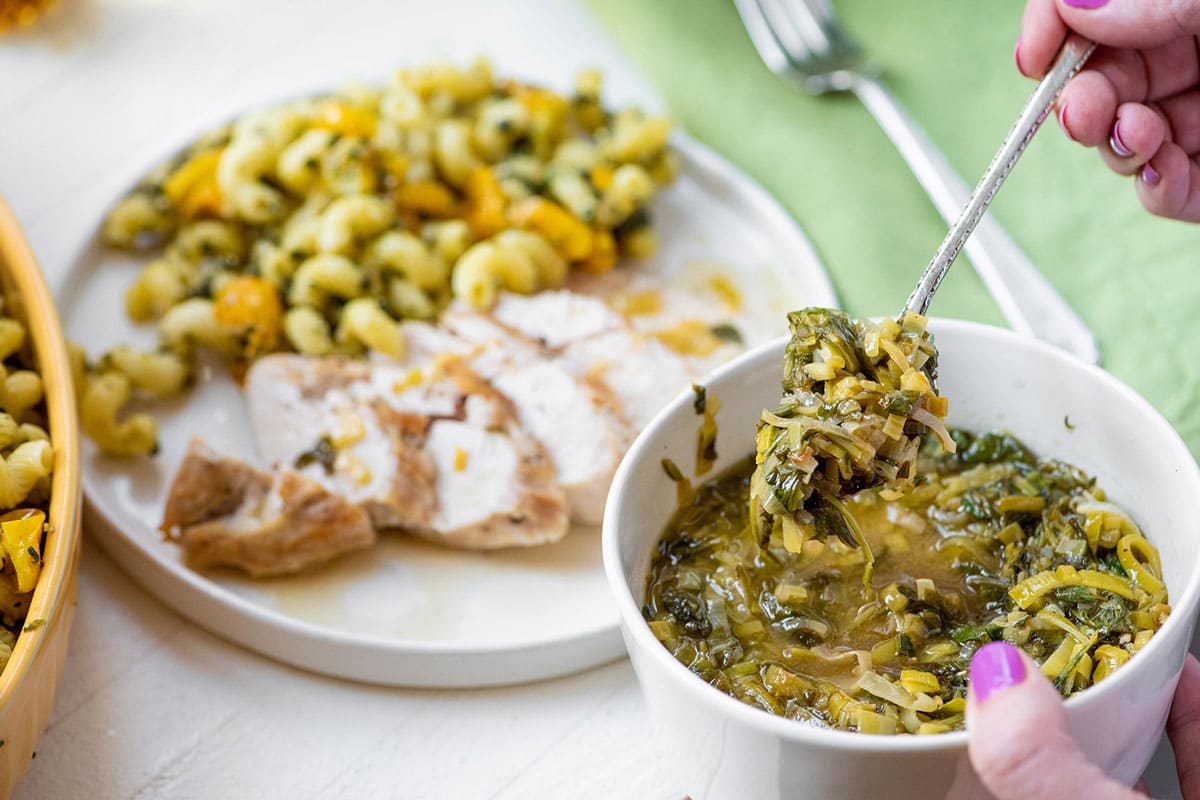
How to Store Arugula
Don’t wash arugula until you are ready to use it. Once exposed to water, it will begin to wilt and may even grow moldy if left in the fridge.
Arugula will last in the refrigerator for about 1 week, loosely wrapped in a plastic bag. If it comes in a plastic clamshell, you can store it in its original packaging.
Yes, you can, but be warned: It’s a pretty work-intensive process, and the arugula will always come out softer than it went in.
Still, if you’re not dissuaded by that, you should blanch your greens (place them in boiling water for half a minute, then plunge them directly into an ice water bath) to preserve their green color. Next, drain the arugula of liquid, and place it on paper towels, then into a freezer-safe air-tight bag or container, squeezing out as much air as possible. Finally, take tin foil and wrap it around your container of choice — this will keep out some freezer burn. (What? I know it’s complicated, but you asked for this!)
10 Arugula Recipes
Use arugula in these recipes!



